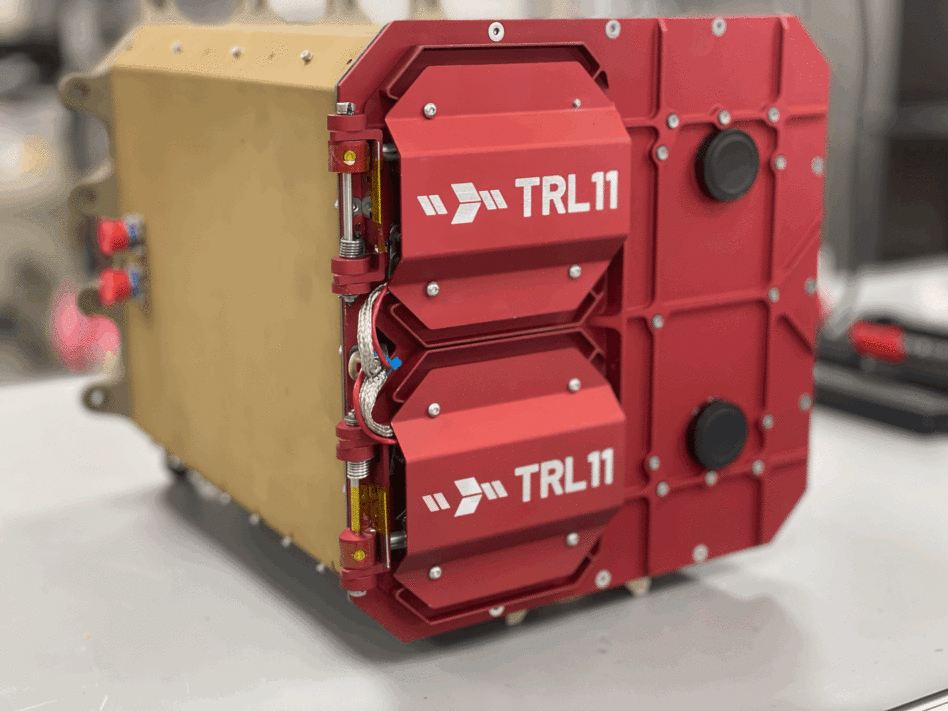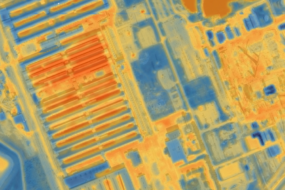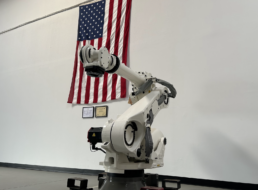TRL11, a startup aiming to bring advanced video production and monitoring capabilities to the space domain, has raised a $3M pre-seed to scale up its team and production.
Boost.VC led the round, which also included participation from Wonder VC, Anorak, Geek Ventures, Space Cadets, and several angel investors, including Launcher founder Max Haot.
TRL11 101: CEO and founder Nicolaas Verheem hails from the world of media and entertainment, where he founded a company, Teradek, that allowed productions to shoot video wirelessly with no delay in transmission for the first time. Now, with TRL11, he is bringing his expertise in low-latency video technology to the space domain.
- The name references Technology Readiness Levels, a government measure of tech viability—on a scale from one to nine. “And we wanted to say, ‘Always take it to 11,’” Verheem told Payload.
While Verheem sees various potential uses for video in space, TRL11 is first planning to tackle space situational awareness—specifically, self-awareness.
“The last two Soyuz spacecraft that docked with the space station both sprang a coolant leak,” Verheem said. “That leak wasn’t detected using a sensor. It was seen on live video. So you can see stuff really quickly and unambiguously, in a way that’s very informative, and then you can react to it quick enough.”
TRL11 launched its first payload with Launcher aboard Transporter-6, but an upstream satellite failure meant that the instrument was never turned on. “If we had video on that spacecraft, even with a very small amount of video with very little data, we [may] have known…what’s going on,” Verheem said.
The next mission, launching next month aboard Launcher’s Orbiter craft on Transporter-8, will attempt to make just those kinds of observations.
Growing the market: Verheem sees that video capability applied across other spacecraft—OTVs in particular—to identify potential problems with deployment so they can be addressed quickly, before they become mission-ending anomalies. From there, as available bandwidth from space increases, other applications could rise to the surface:
- EO, augmenting existing geospatial intelligence with video observation from space
- Increased awareness for proximity and rendezvous operations
Looking ahead: Until now, Verheem has been self-funding TRL11, which currently consists of six full-time employees working remotely and, on occasion, out of the Launcher HQ in LA. With the new investment, TRL11 is looking to ramp up hiring, lease permanent office space, and scale up its capabilities and production.
“I’m hoping to do at least two flights per quarter, so eight to 10 flights a year,” Verheem said, “quickly develop the product, and then build partnerships and start monitoring spacecraft.”
Note: A previous version of this story stated that video awareness on the Transporter-6 flight would have provided exact information. The story has been updated.




